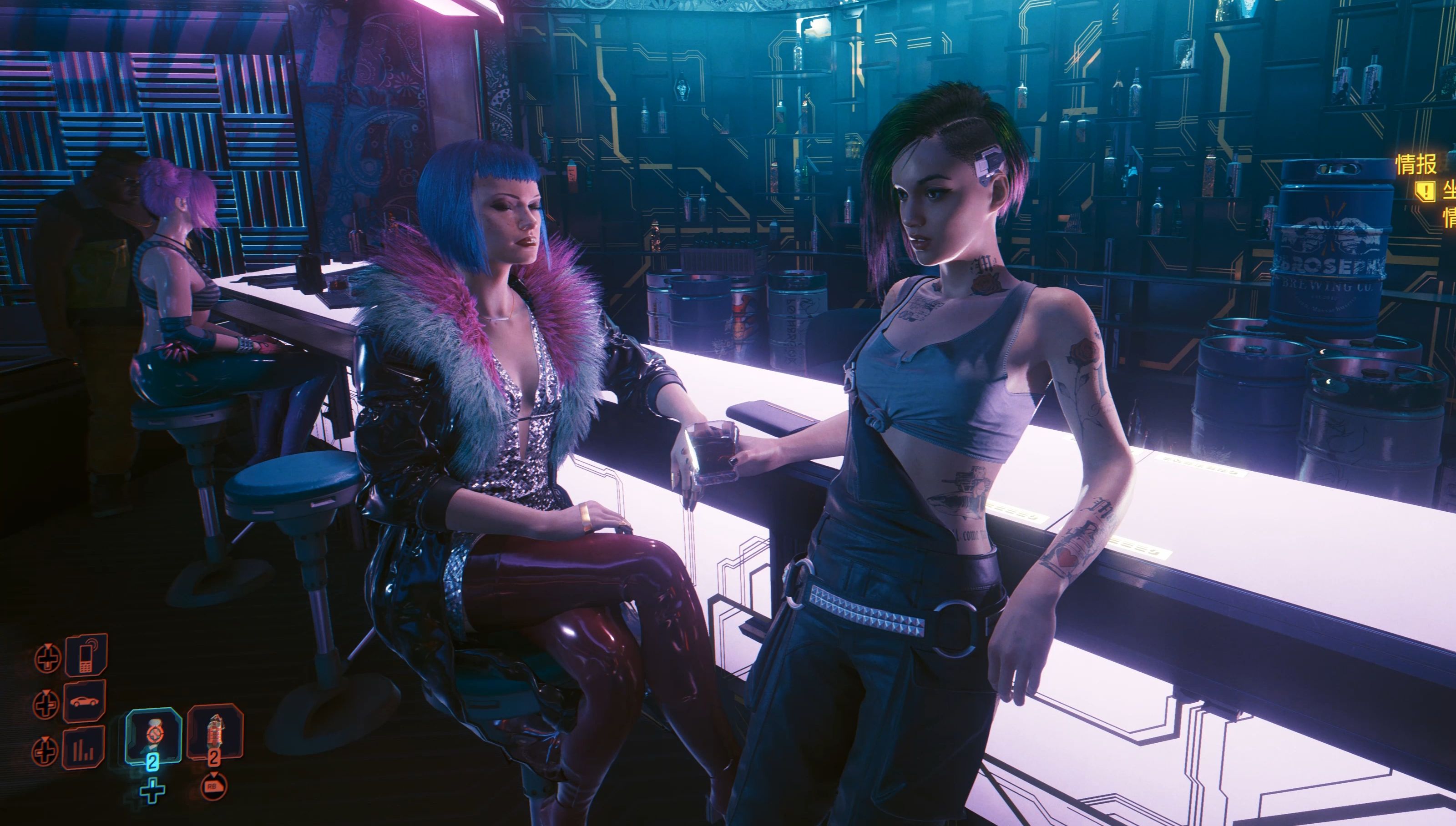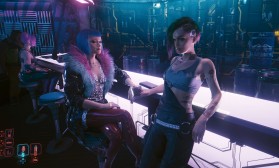Of all the pillars that construct the immersive, sprawling dystopia of Night City—its rain-slicked neon alleys, its towering corporate fortresses, its desperate, augmented inhabitants—none is as fundamental, as subliminally powerful, as its sound. The Cyberpunk 2077 soundtrack, a masterful bifurcation of its original score and its diegetic radio stations, is not merely an accompaniment to the action; it is the very atmosphere of the world. It is the digital ghost in the machine, the aching human heart beneath layers of chrome, and the relentless, pounding pulse of a city that never sleeps. It is through this intricate soundscape that CD Projekt Red, in collaboration with a cadre of visionary composers, achieves its most profound feat of world-building.
The original score, primarily composed by Marcin Przybyłowicz, P.T. Adamczyk, and Paul Leonard-Morgan, serves as the game’s emotional and atmospheric bedrock. It is a complex, genre-defying work that masterfully bridges the gap between the organic and the synthetic, a sonic representation of the game’s core theme: the conflict and fusion of humanity and technology.
Przybyłowicz’s contributions often lean into the vast, the melancholic, and the epic. Tracks like "The Rebel Path" and "Outsider No More" are defining examples. They employ sweeping orchestral arrangements—lush strings and haunting choirs—that evoke a sense of tragic grandeur, a memory of a world that once was or a hope for one that could be. This organic foundation is then ruthlessly invaded and reshaped by glitching electronics, distorted synth waves, and aggressive, industrial percussion. This is not a clean layering of sounds; it is a violent and beautiful synthesis. The music embodies the cyberpunk ethos itself: the orchestra represents the fading soul, the fragile human body, while the electronic elements are the invasive chrome, the invasive code. They are in a constant state of tension, sometimes battling for dominance, other times merging into something entirely new and unsettling.
This is where the work of Paul Leonard-Morgan, known for his work on Dredd, becomes pivotal. His signature aggressive, percussive style—a symphony of pounding industrial drums, metallic shrieks, and distorted basslines—defines the game’s most intense moments. This sound is the audio equivalent of a Max-Tac breach: chaotic, overwhelming, and brutally efficient. It scores the chaos of combat, the high-octane car chases through Arteria roads, and the moments of pure, unadulterated system overload. It is the sound of Night City’s violence, its relentless pace, and its mechanical heart.
Conversely, P.T. Adamczyk’s touch brings a more intimate, noir-inflected sensibility. In the quieter moments, particularly those involving the central relationship with Johnny Silverhand, the score strips back the layers of noise. A lonely, reverberating electric guitar riff, reminiscent of a futuristic blues, echoes through empty apartments. A melancholic piano melody drifts over the hum of the city outside the window. This minimalist approach is arguably more powerful than the most bombastic track. It highlights the profound isolation and loneliness that persists within a city of millions, the human cost of this high-tech, low-life existence. It’s the sound of V’s internal monologue, a moment of reflection amidst the sensory tsunami.
Yet, to only discuss the original score is to ignore half of Night City’s sonic identity. The radio stations are the lifeblood of the city’s culture, a curated window into its myriad subcultures and moods. They provide a crucial layer of diegetic sound, making the world feel lived-in and dynamic. Climbing into a car and flipping through the stations is a ritual that grounds the player in the reality of this world.
Each station is a meticulously crafted genre capsule. Body Heat Radio, hosted by the charismatic Ash, pumps out energetic synthwave anthems from artists like Run The Jewels, HEALTH, and Nina Kraviz. This is the sound of the mainstream, the music for mercs looking to hype themselves up for a job or party-goers lost in the ecstatic glow of a club. It’s confident, stylish, and unapologetically cool.
In stark contrast, Ritual FM offers the aggressive, distorted fury of industrial and black metal. It’s the auditory manifestation of the city’s anger and nihilism, the soundtrack for Maelstrom and other edge-runners who have fully embraced the machine’s rage. Pebkac provides the glitchy, experimental electronic sounds, the kind of music that might be composed in a dark basement net den, all complex rhythms and fractured melodies.
Perhaps most iconic is Radio Vexelstrom, the definitive sound of the dark, rain-drenched cyberpunk aesthetic. With artists like Grimes and Deadly Hunta, the station delivers cold, ethereal vocals over pulsing, minimalist synth beats. It’s the perfect score for a lone drive through Japantown at midnight, the neon signs bleeding into the wet pavement. This is the sound of the genre itself, distilled into a perfect, haunting formula.

The true genius of the Cyberpunk 2077 soundtrack lies in the seamless interplay between these two sonic layers—the score and the radio. The dynamic music system often allows the ambient sounds of the city to bleed into the score, and vice versa. A radio track might fade out as you exit your vehicle, its beat subtly replaced by the score’s adaptive percussion. The wail of a distant police siren might harmonize with a synth pad. This creates an uninterrupted auditory experience where the boundaries between composed music and environmental sound are deliberately blurred.
In conclusion, the music of Cyberpunk 2077 is the invisible architecture of its world. The original score gives the city its soul, its emotional weight, and its thematic depth, articulating the inner turmoil of its characters and the epic scale of their struggles. The radio stations give it its personality, its rhythm, and its cultural texture, making it feel like a real, breathing place. Together, they form a cohesive and immersive soundscape that is as integral to the experience as the visuals or the narrative. It is a masterpiece of interactive audio that doesn’t just play over the game—it is the game. It is the sound of a future both terrifying and beautiful, a relentless, pounding reminder that in Night City, the music never stops.














